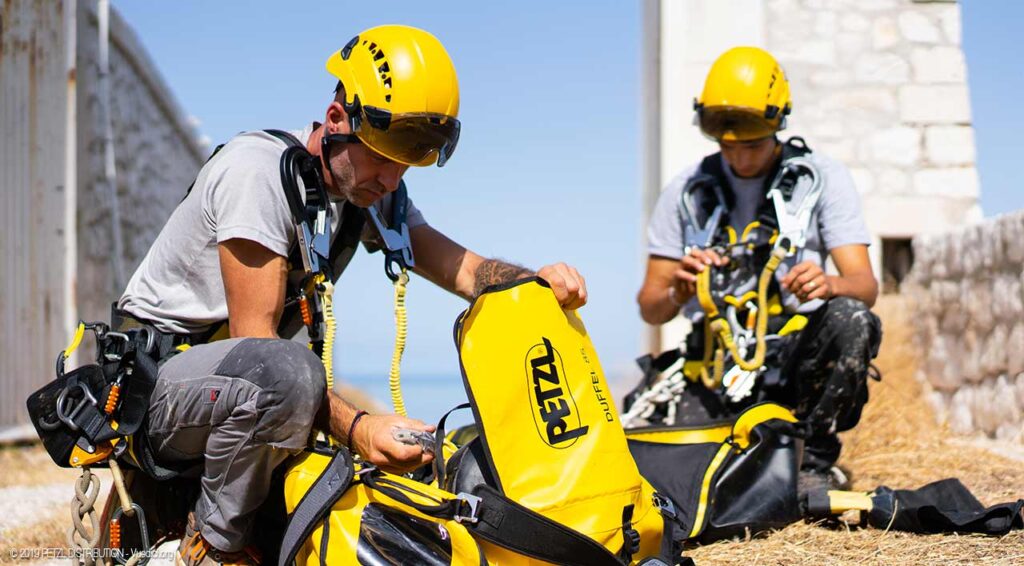Introduction
Personal Protective Equipment (PPE) serves as a shield between you and workplace hazards, providing crucial protection against injuries and exposure to harmful elements. However, to ensure your safety, it’s essential that your PPE is in proper working condition. Regular PPE inspections are a fundamental part of maintaining the integrity of your gear. In this article, we’ll explore the importance of PPE inspections, the benefits they offer, and how to conduct effective inspections to keep your gear safe and effective.
The Importance of PPE Inspections
PPE inspections are not just a formality; they are a critical component of your safety protocol. Here’s why PPE inspections are so important:
- Identifying Wear and Tear:- PPE is subject to wear and tear over time due to regular use, exposure to harsh conditions, and various environmental factors. Inspections help identify signs of damage, such as tears, cracks, fraying, and discoloration.
- Ensuring Functionality:– PPE that is damaged or compromised may not function as intended. Inspections help ensure that zippers, fasteners, straps, and other components are in working order. Properly functioning PPE is your assurance of effective protection.
- Compliance with Standards:- Regulatory bodies and industry standards often stipulate the requirements for PPE maintenance and inspection. Regular inspections help you stay compliant with these standards and ensure that your gear meets safety criteria.
- Preventing Accidents:- Detecting and addressing issues through inspections prevents potential accidents. Identifying and rectifying problems before they lead to mishaps can save lives, prevent injuries, and protect property.
- Savings in the Long Run:- Regular inspections can extend the lifespan of your PPE. By addressing minor issues early on, you can avoid the need for premature replacements, ultimately saving costs.

Conducting Effective PPE Inspections
Now that we understand the importance of PPE inspections, let’s delve into how to conduct them effectively:
- Schedule Regular Inspections:- Set a consistent schedule for PPE inspections. Depending on usage and exposure, inspections can be conducted daily, weekly, or before every use. Adhering to a routine ensures that inspections are not overlooked.
- Visual Inspection:- Begin with a visual inspection of the entire PPE. Look for any signs of damage, such as holes, tears, abrasions, or loose seams. Examine all components, including straps, fasteners, and closures.
- Check for Wear and Tear:- Focus on areas that are most prone to wear and tear, such as joints, seams, and areas that frequently come into contact with surfaces. Check for signs of degradation, including faded colors or brittleness.
- Functionality Test:- Ensure that all functional components are in proper working order. Fasten zippers, buckles, and snaps to ensure they secure firmly. Adjust straps to confirm they are easy to tighten and release.
- Verify Labels and Certifications:- PPE often comes with labels indicating its certification and compliance with safety standards. Check these labels to confirm that your gear is up to date and meets the required standards.
- Cleaning and Maintenance:- PPE should be clean and well-maintained to function effectively. Follow manufacturer recommendations for cleaning, storage, and maintenance. Dirty or improperly stored gear can degrade over time.
- Document Inspections:- Keep a record of each inspection, noting the date, the condition of the gear, and any actions taken. This documentation serves as a historical record and demonstrates your commitment to safety.
Taking Action on Inspection Findings
After conducting inspections, take appropriate actions based on your findings:
- Minor Issues: Address minor issues promptly. Repair tears, replace worn-out components, and ensure proper functioning. Small fixes prevent problems from escalating.
- Major Issues: If your inspection reveals significant damage that cannot be repaired, replace the PPE immediately. Do not compromise on safety by using damaged gear.
- Training and Education: Share your inspection findings and actions taken with colleagues. Educate them on the importance of inspections and how to identify signs of damage themselves.
Conclusion
Personal Protective Equipment is your lifeline in hazardous environments. Regular PPE inspections are not only a responsibility but also a proactive step toward ensuring your safety. By identifying wear and tear, ensuring functionality, adhering to standards, preventing accidents, and ultimately extending the lifespan of your gear, inspections play a vital role in your overall safety strategy. Incorporating effective PPE inspections into your routine empowers you to face workplace hazards with confidence, knowing that your gear is reliable, safe, and ready to protect you.

